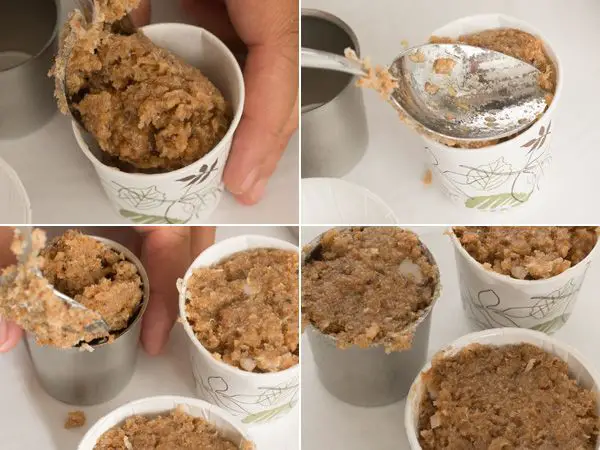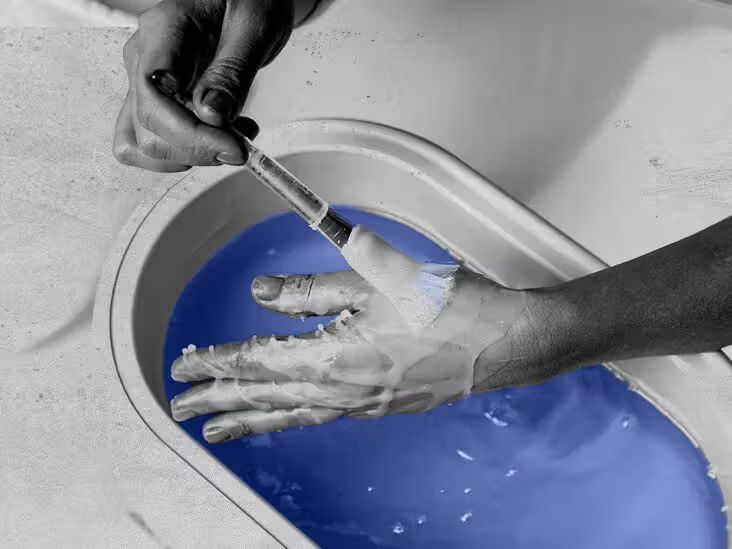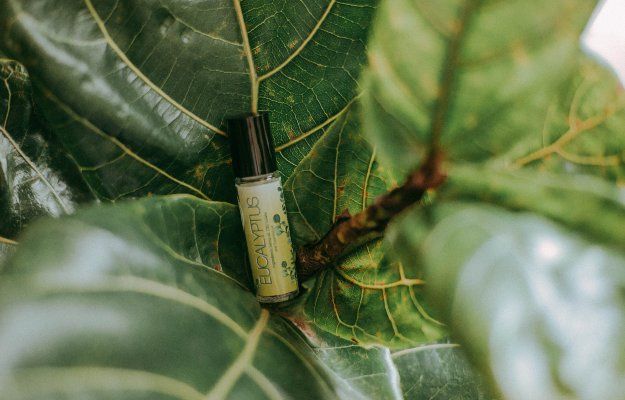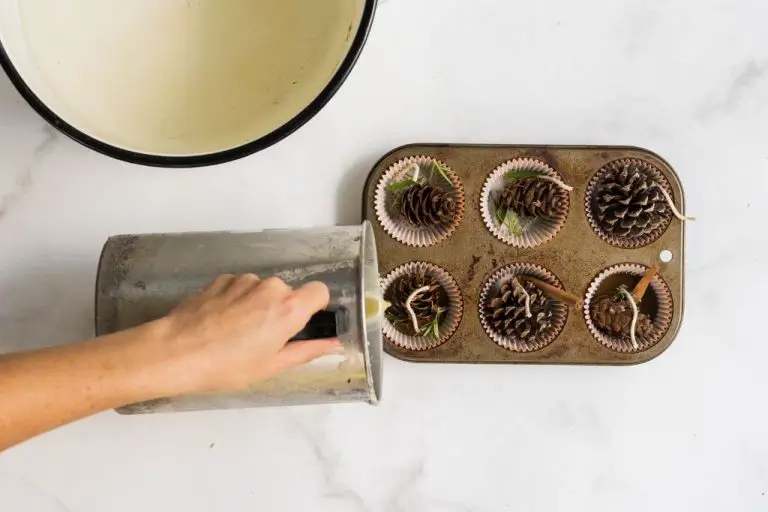What Is Needed To Start A Soap Business?
Determine Your Niche
One of the first steps when starting a soap business is determining what type of soaps you want to make. There are many options to consider such as bar soaps, liquid soaps, bath bombs, scrubs, shampoo bars, and more. Focusing on a niche can help you hone your soapmaking skills and create products tailored to a specific target market.
Some popular soap niches include:
- All-natural soaps – Formulated without harsh chemicals using natural ingredients like oils, herbs, clays.
- Artisan/handcrafted soaps – Decorative soaps with unique shapes, colors, scents.
- Vegan soaps – Soaps without animal-derived ingredients like honey or milk.
- Men’s soaps – Masculine scents like tobacco, leather, spices.
- Novelty soaps – Fun soaps shaped like animals, food, objects.
Consider your soapmaking interests, skills, available ingredients and equipment when choosing a niche. It’s best to start small and expand as you build expertise. Specializing in one or two products like handcrafted goat’s milk soaps allows you to perfect techniques before diversifying.
Research Regulations

When starting a soap business, one of the most important steps is understanding the regulations around cosmetics and soap products. The FDA regulates cosmetics and soap in the United States. According to the FDA, to be considered a “soap” product, it must be composed mainly of alkali salts of fatty acids (“Soaps & Lotions,” 2022). The FDA provides regulations around proper labeling, safety testing, and permissible ingredients in cosmetics and soap products.
Some key cosmetic regulations to follow according to the FDA include (“Frequently Asked Questions on Soap,” 2022):
- Registering your facility and listing cosmetic products with the FDA
- Following prohibited and restricted ingredient lists
- Adhering to labeling requirements
- Reporting adverse events
- Following good manufacturing practices
While true soaps are regulated by the FDA, the CPSC also provides guidance around soap safety and labeling (“Soap Business Guidance,” 2022). Thoroughly researching all applicable regulations will ensure your handmade soap business complies with standards from the start.
Source Ingredients
The main ingredients in handmade soap are oils/fats, lye, and water. Common oils used include coconut oil, olive oil, palm oil, shea butter, and more (Common Soap Ingredients). Each oil contributes different properties to the final bar of soap. For example, coconut oil produces a hard bar with lots of lather, while olive oil makes a gentle, moisturizing soap.
In addition to oils, you’ll need lye which is available in two types: sodium hydroxide and potassium hydroxide (How to Make Bar Soap Yourself). Sodium hydroxide makes solid bars while potassium hydroxide makes liquid soap. When lye is mixed with oils in the proper amounts, saponification occurs, transforming the ingredients into soap.
Fragrances like essential oils give soap scent and trace additives provide benefits like exfoliation or color. Common additives are oatmeal, dried flowers, mica powder, etc. It’s important to research safety when adding botanicals or fresh ingredients.
Create Recipes
One of the most important steps in starting a soap making business is formulating your own recipes. Cold process soap recipes require a careful balance between oils and lye. According to the article Formulating Cold Process Soap Recipes on Brambleberry.com, it’s best to use each oil around 20-30% of your recipe. The rest should complement the properties you want the bar to have.
When first starting out, it’s wise to find trusted basic recipes to test. Once you understand how different ingredient ratios impact the final bar, you can begin customizing your own recipes. Always run new recipes through a lye calculator to ensure the lye and oils are balanced. According to LovelyGreens.com, it’s important to test each new recipe thoroughly before selling to customers.
Keep detailed notes on how each batch turns out – qualities like hardness, lather, cleansing ability, and scent throw. Pay attention to how your test bars cure over 4-6 weeks. Tweaking recipes is an ongoing process as you grow your soapmaking skills.
Acquire Equipment
One of the biggest upfront investments when starting a soap making business is acquiring the proper equipment. At a minimum, you’ll need equipment for mixing, molding, cutting, and packaging your soaps.
For mixing, an immersion or stick blender is essential for combining fats, liquids, and other ingredients into a smooth, emulsified batter. Stainless steel bowls or crockpots work well for holding soap mixtures during this process. You’ll also need a kitchen scale for accurately weighing out ingredients, as improper proportions can result in soap that doesn’t harden properly. Rubber spatulas and mixing spoons are useful for mixing colors or fragrances without introducing air bubbles.
For molding soap, you can use wood, silicone, or plastic molds in various shapes and sizes. Make sure molds are nonporous and do not react with the alkali ingredients in soap. You’ll need enough molds to produce multiple batches at once. A log mold makes long bars that can be cut into individual portions later. After soap hardens, you’ll need a soap cutter with sharp wires to slice the logs into tidy bars.
Other useful equipment includes thermometers, measuring cups, funnel pitchers, and mixing containers. Safety equipment like goggles, gloves, and masks are a must when working with lye. As you scale up production, you may need industrial mixers, slab molds, multi-bar cutters, and more.
Refer to this equipment list for a detailed breakdown of items needed to start a home soap making business.
Set Up Your Workspace
Proper ventilation is crucial when making soap, as the lye used can release toxic fumes. Make sure your workspace has an exhaust fan and that windows can open to allow airflow. Consider working outdoors if possible. Store lye and other ingredients properly labeled and sealed in a cool, dry area inaccessible to children and pets.
Your workspace should have clean, sanitized surfaces for soapmaking. Stainless steel tables or countertops are ideal. Have separate areas for recipe prep versus active soapmaking to avoid contamination. Safety gear like goggles, masks, and gloves should always be worn when handling lye.
Per the CPSC, ensure your workspace setup follows guidelines for proper ventilation, storage, and safety when working with lye and other ingredients (https://www.cpsc.gov/Business–Manufacturing/Business-Education/Business-Guidance/Soap). Keep soapmaking areas neat, organized, and uncluttered to prevent accidents.
Package Your Products
Packaging is an important part of branding and marketing your handmade soap business. You want to choose packaging that reflects your brand image and attracts customers. Some popular packaging options for handmade soap include:
Boxes
Boxes come in many shapes, sizes and styles. Simple white boxes with custom labels make for clean, minimalist packaging. Or opt for custom printed boxes with your logo and brand imagery. Boxes protect soaps during shipping and storage and many customers enjoy unboxing a gift (see: https://www.pinterest.com/sosbliss/soap-packaging/).
Bags
Bags allow customers to see your products while still protecting them. Options include plastic, cellophane, paper, muslin and burlap. Add your logo with a sticker, stamp or tag (see: https://makesy.com/blogs/news/creative-eco-friendly-ways-to-package-your-handmade-soap).
Wrapping Paper
Wrapping soaps in colored tissue, wax paper or cellophane secured with a sticker or tape is an easy packaging option. Use printed paper with your brand name and logo for a customized look.
Labels
Labels are a must for communicating details like product names, scent notes and ingredients. Design custom labels that represent your brand. Stickers, hang tags and even branded rubber stamps can also help identify your products.
Choosing packaging that reflects your brand story and values will make your soaps stand out on the shelf or in online shops. Don’t forget to consider sustainability – eco-friendly packaging can be a selling point for many consumers.
Market Your Business
An effective marketing strategy is essential for getting the word out about your handmade soap business and attracting customers. Here are some key ways to market a new soap business:
Develop a website to showcase your products and brand story. A website allows customers to learn about your soap making process, ingredients, company values, and offerings on their own time. Make sure your website is mobile-friendly, loads quickly, and portrays your brand in the best light (Botanie Soap).
Leverage social media platforms like Facebook, Instagram, and Pinterest to promote your products and build an engaged community. Share soap making tutorials, behind-the-scenes content, special offers, and high-quality photos to attract followers. Encourage user-generated content and engage with customers in the comments (Modern Soapmaking).
Sell on ecommerce platforms like Etsy, Shopify, and Amazon Handmade where there is existing traffic of handmade product buyers. Carefully optimize listings with keywords, competitive pricing, high-quality images, persuasively written copy, variations, and smart advertising (GemPages).
Manage Finances
When starting a soap making business, you’ll need to consider the startup costs, pricing, and bookkeeping.
The startup costs for a basic soap making business can range from $1,000-$5,000 depending on the equipment, ingredients, and packaging you choose according to How To Start a Soap Business in 9 Steps. More elaborate equipment and a dedicated workspace can raise costs to $10,000 or more.
Pricing your soaps appropriately is important for profitability. The average bar of handmade soap costs $5-$10. You’ll need to factor in the costs of ingredients, packaging, labeling, and your time. Markup pricing 100-200% above costs is common. Offering multi-bar bundles and gift sets can increase order values.
Bookkeeping is vital for managing cash flow and taxes. Use accounting software to track income, expenses, profit and loss. Take note of costs per batch and per product. Analyze sales reports to determine bestsellers. Work with an accountant experienced with small businesses for tax filing.
Grow Your Skills
To grow your skills in soap making, take advantage of classes, networking opportunities, and experimenting on your own. Classes can teach you new techniques and recipes from experienced soap makers. Check for in-person or online classes in your area. Associations like the Handcrafted Soap and Cosmetic Guild offer classes and conferences where you can network and learn. You can also connect with other soap makers through social media groups and forums to exchange tips and ideas. Don’t be afraid to experiment on your own too. Trying new ingredients, scents, and designs will grow your skills. Keep detailed notes so you can replicate successes. Read soap making books and blogs as well for inspiration. Investing time into building your skills will result in higher quality soaps and business growth.
Sources:
https://www.modernsoapmaking.com/blog/what-you-need-to-know-to-start-a-soap-business
https://lovelygreens.com/tips-starting-soap-making-business/





